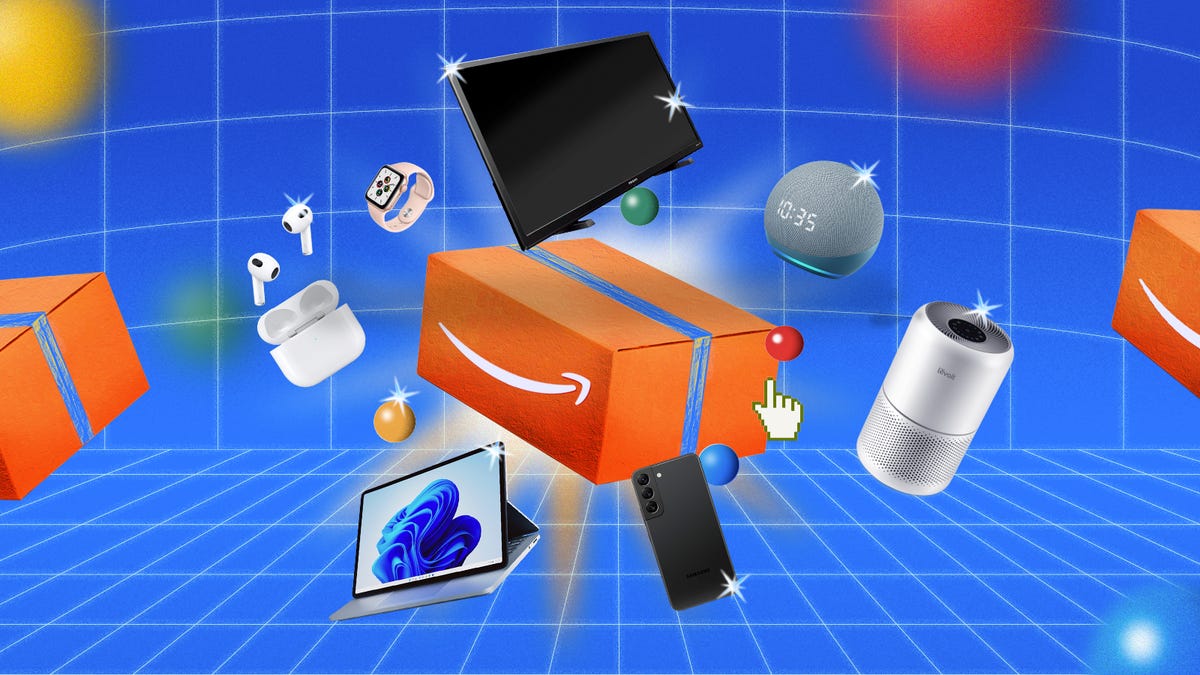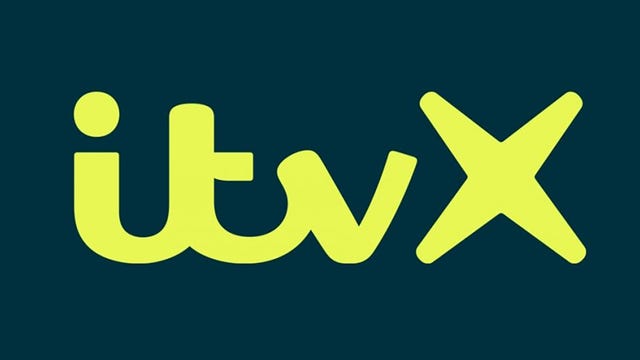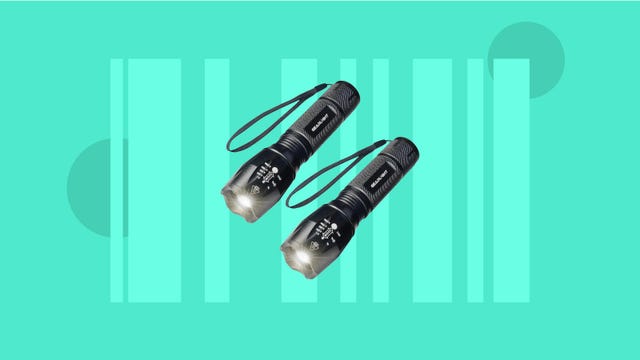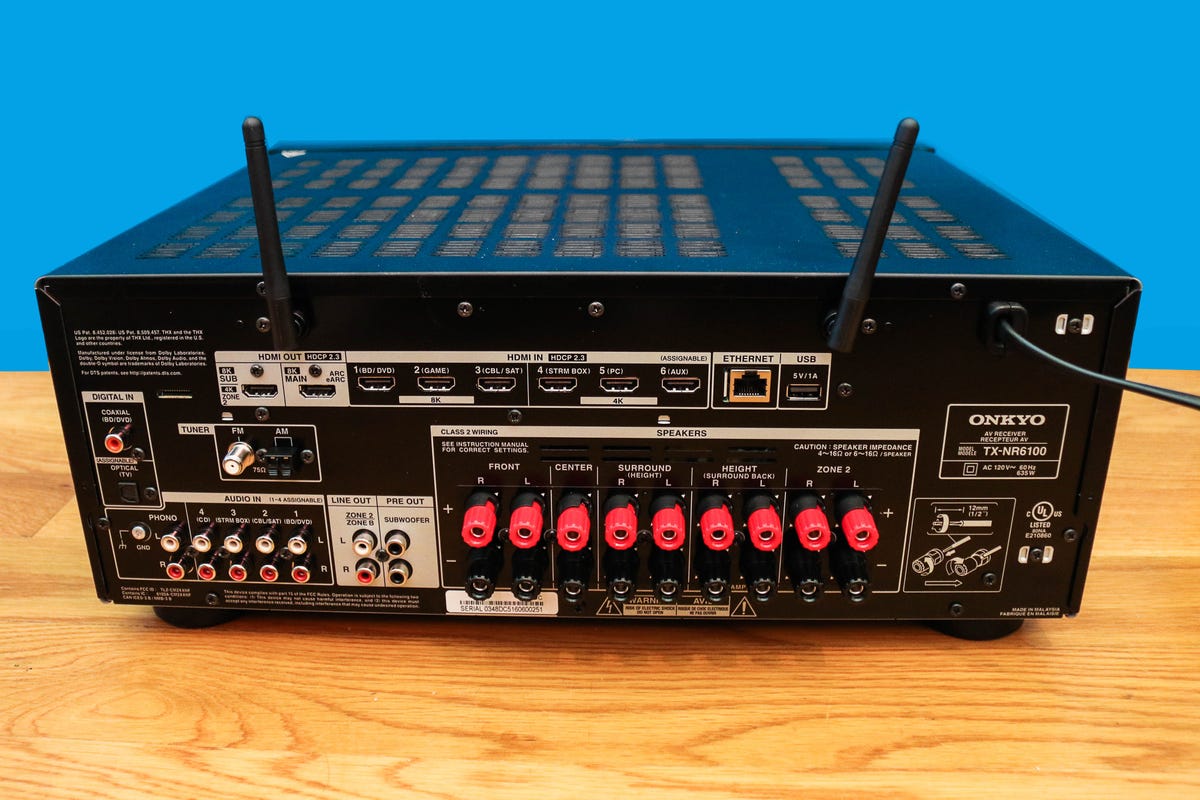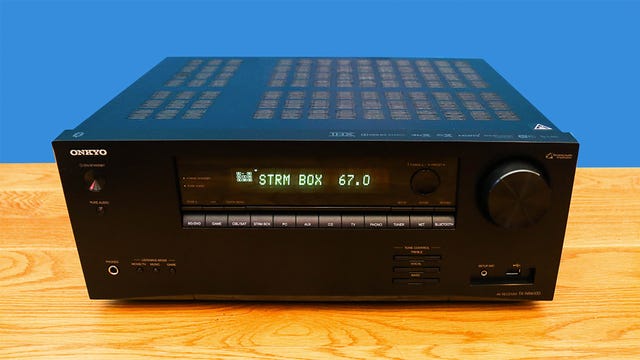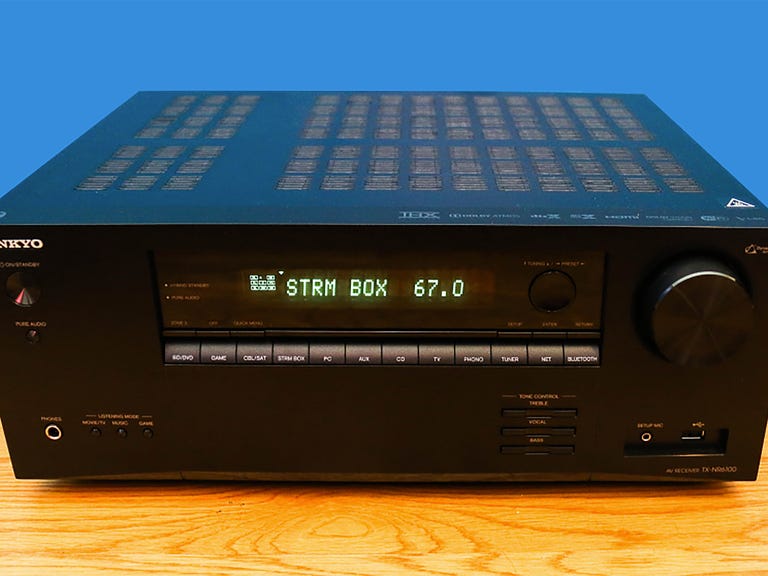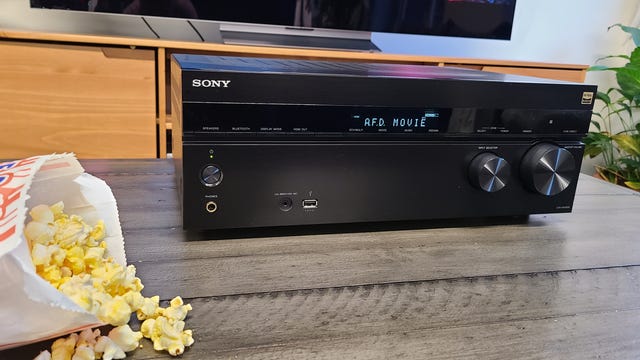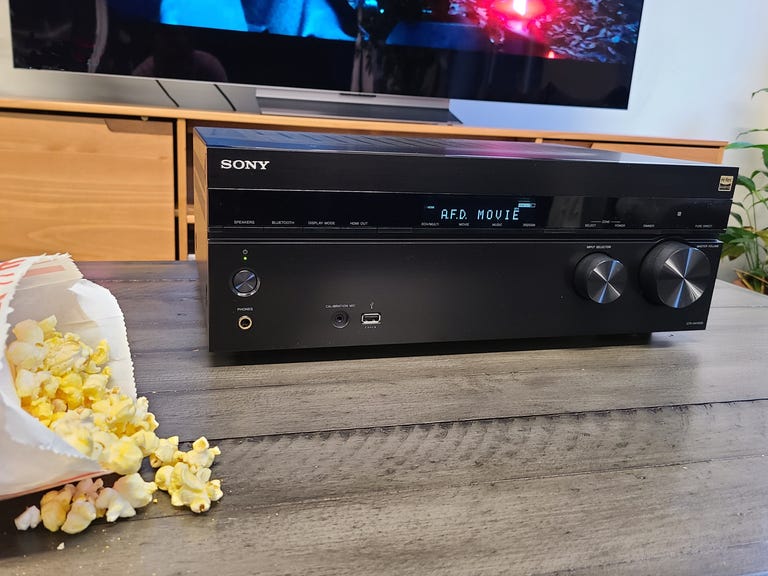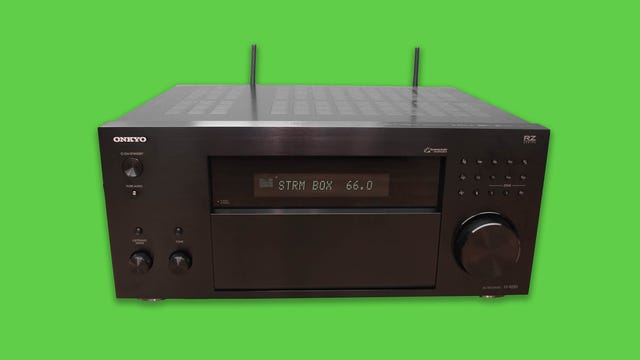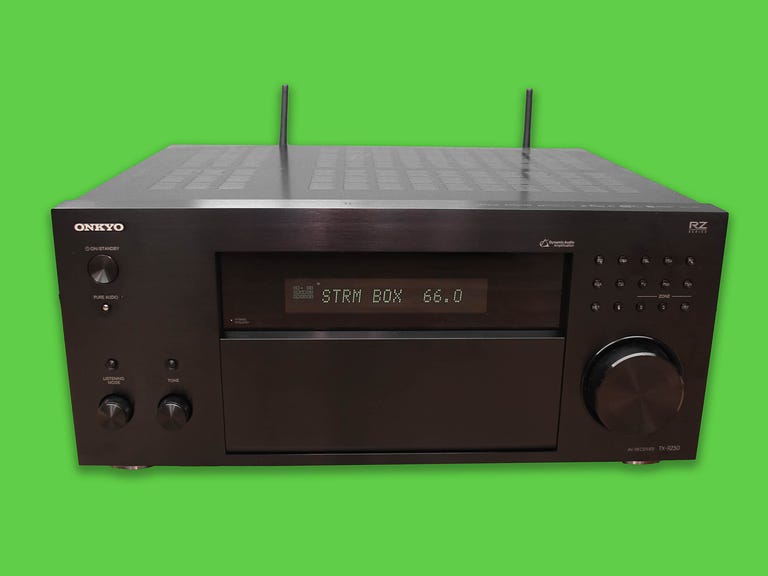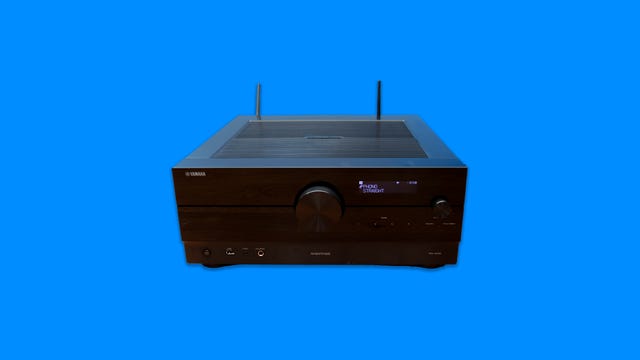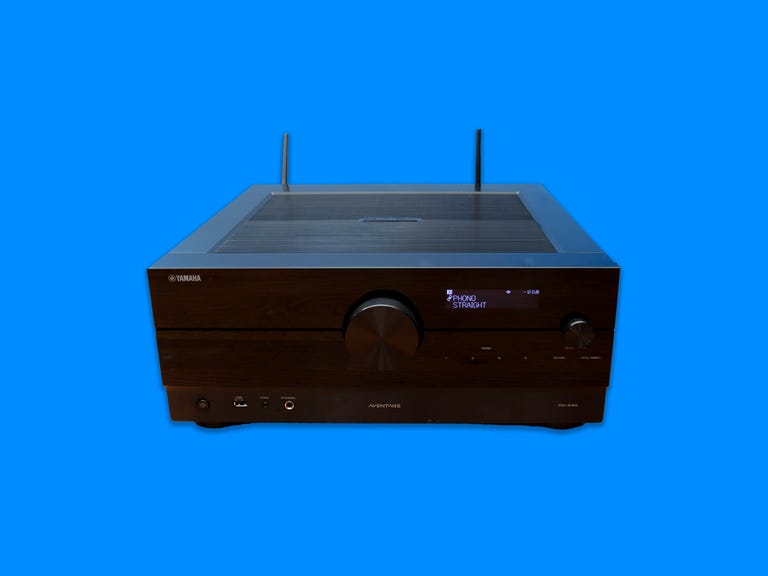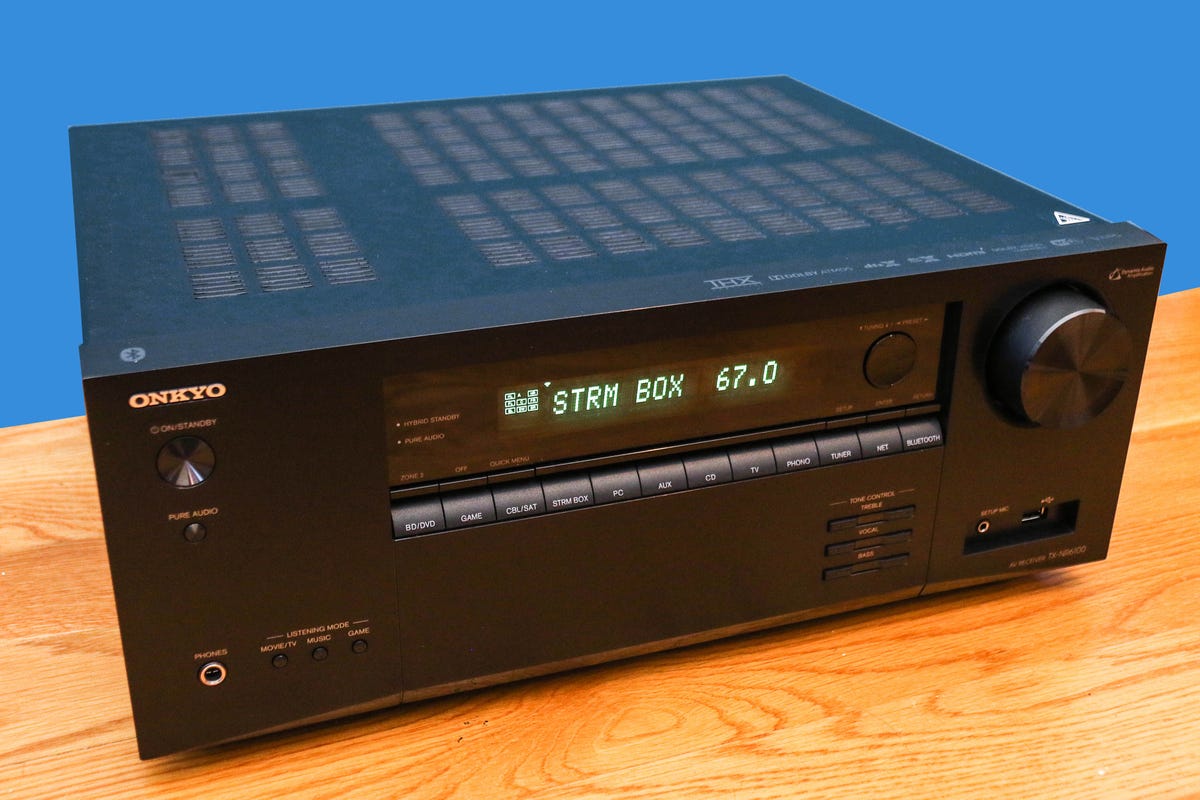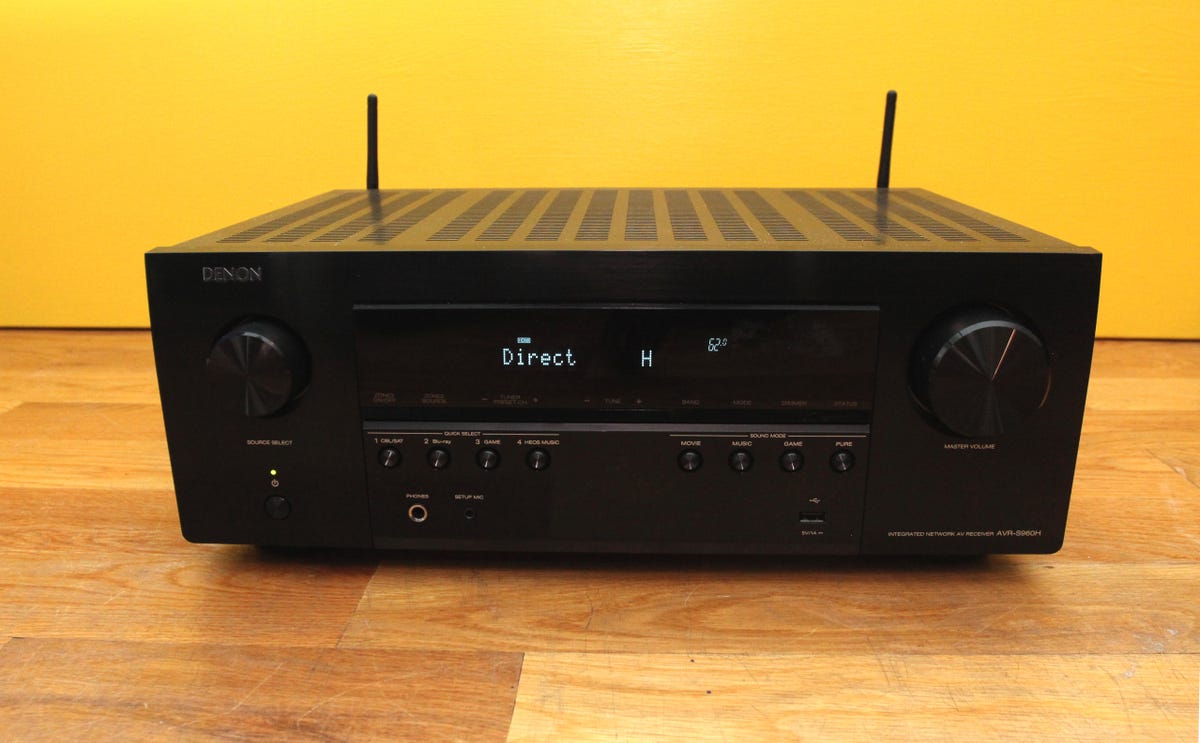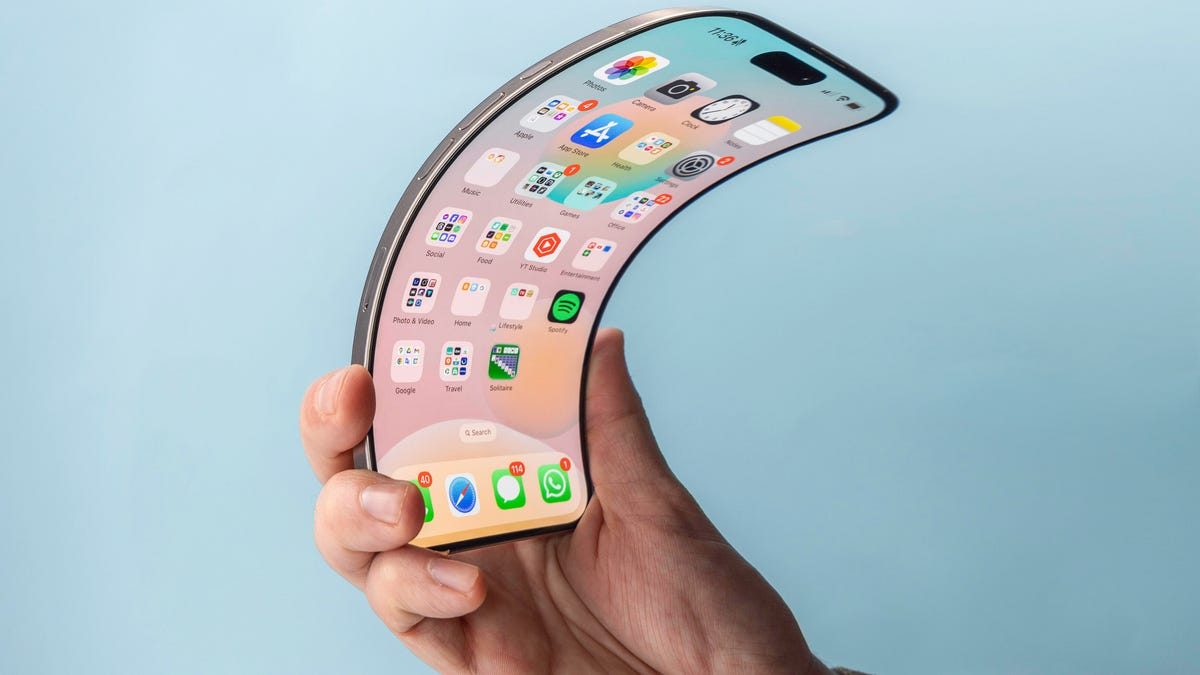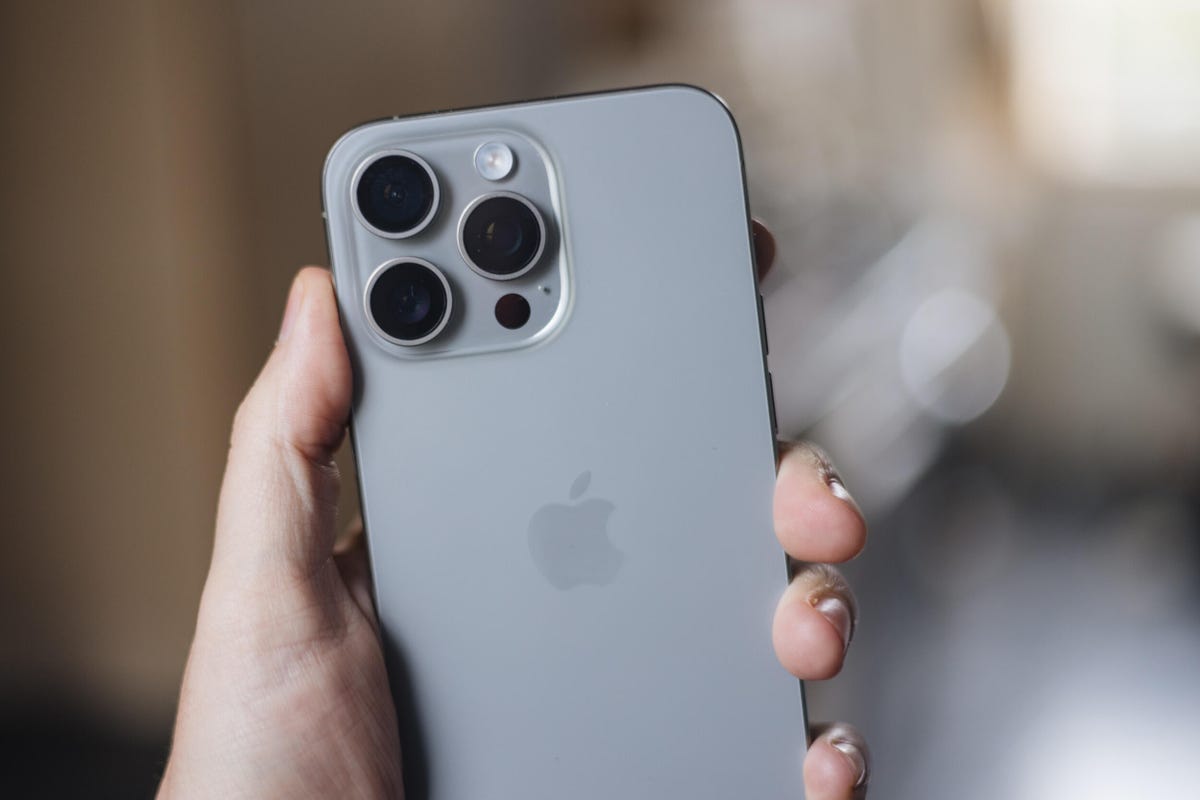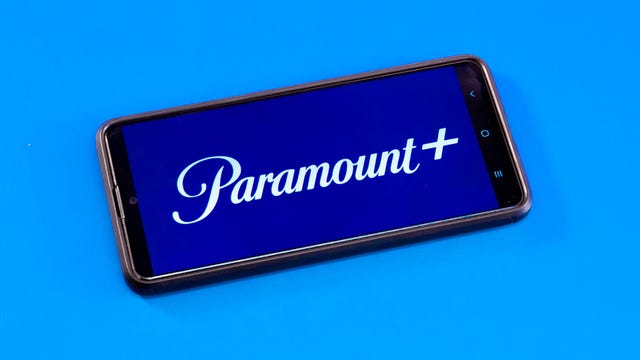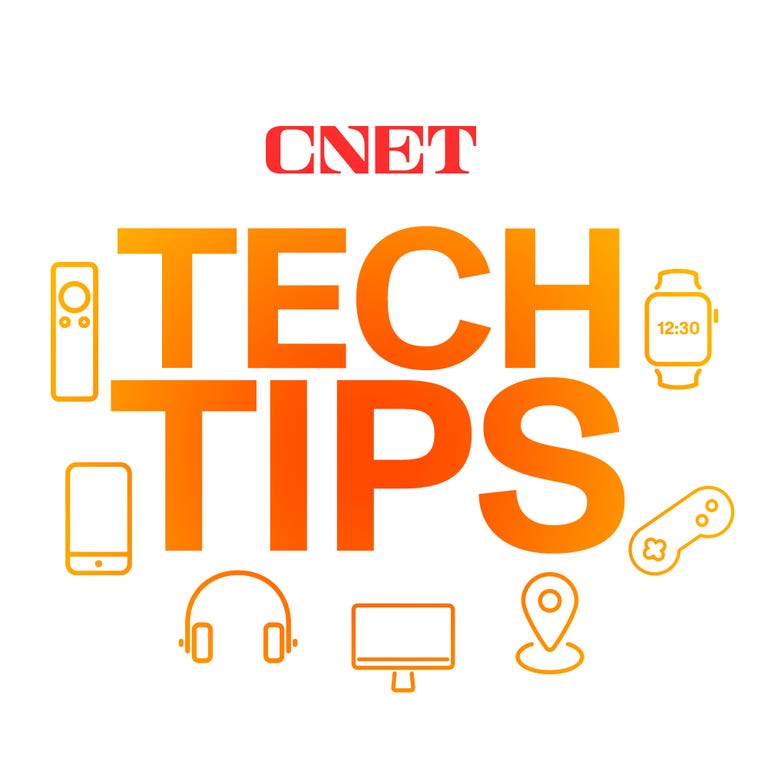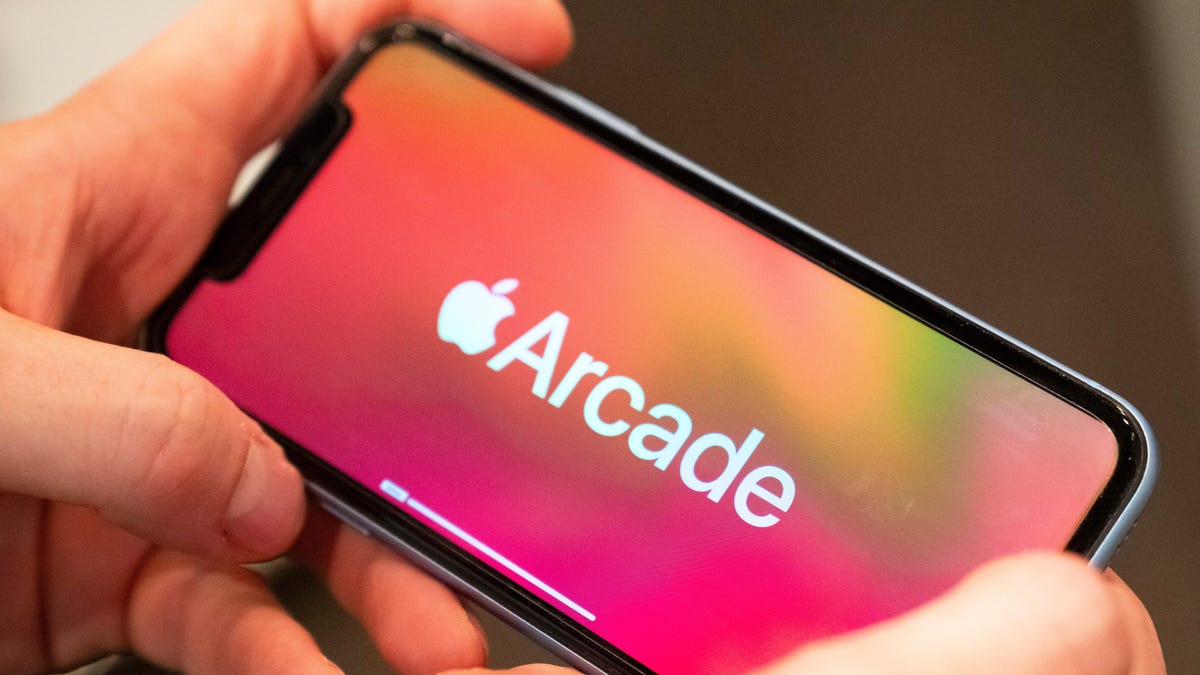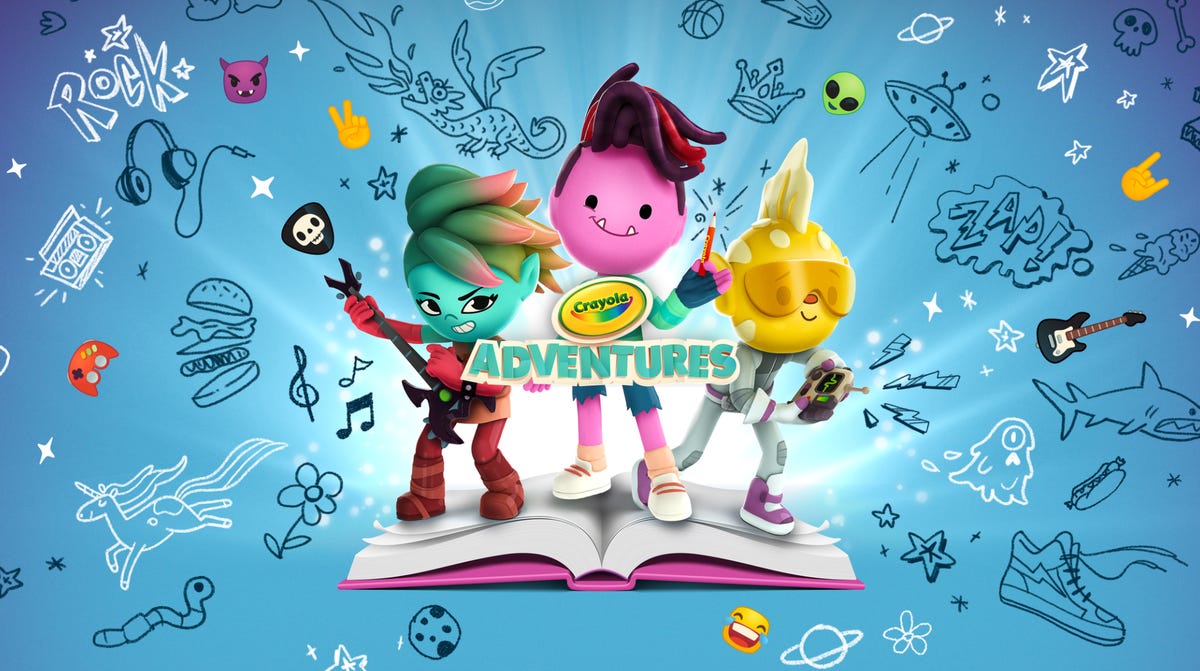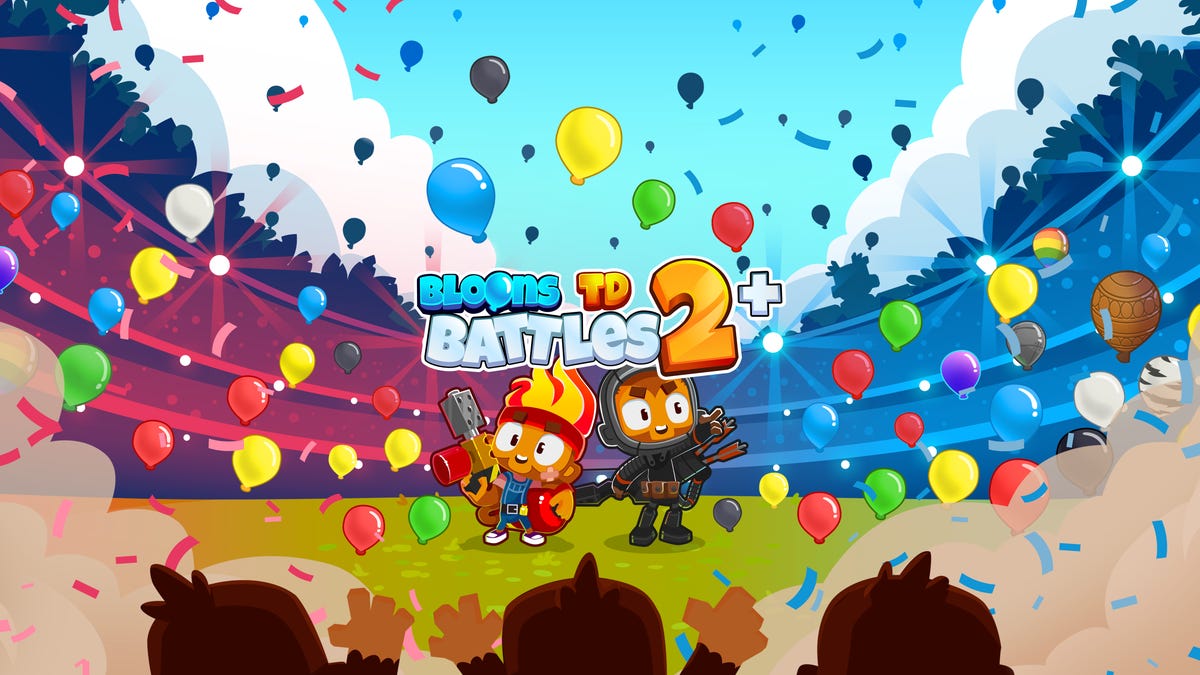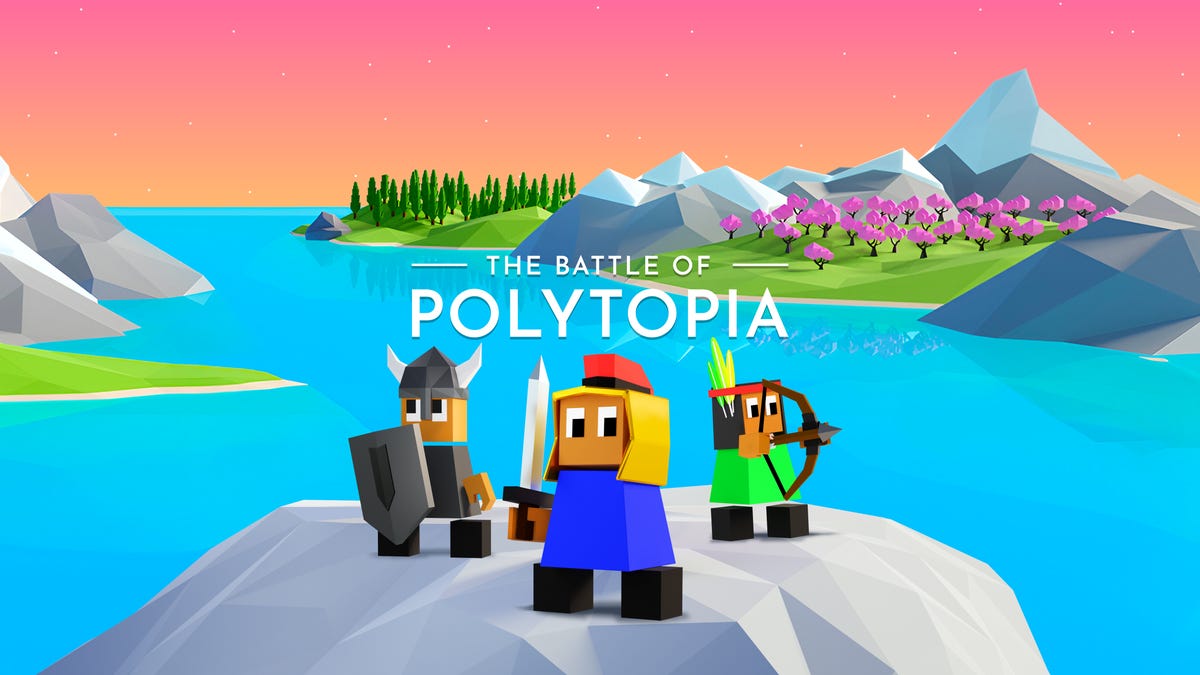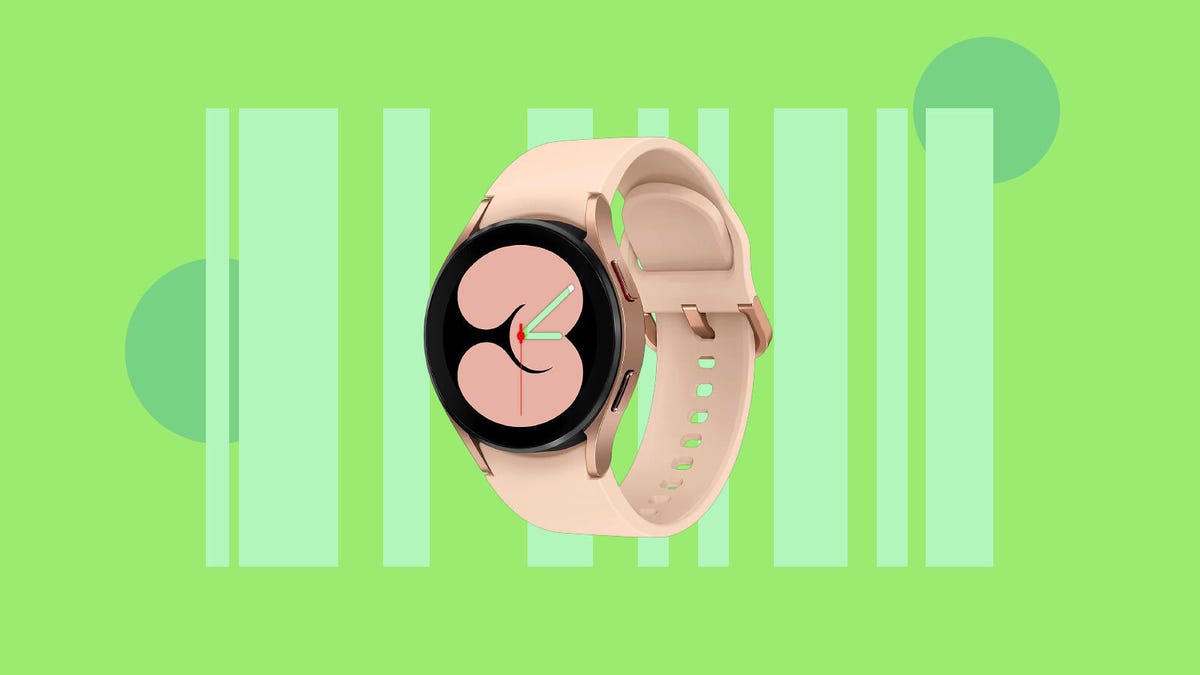Amazon has a first-ever Big Spring Sale coming up on March 20. That means new deals are coming up on on items like outdoor furniture, tech devices, home products and more. This sale will be open to all shoppers, but if you really want to reap the benefits, you may want to sign up for a Prime account. Don’t worry, you can do it without paying for a subscription, but there’s a catch.

Amazon’s new shopping event will run from March 20 through March 25. If you want to take advantage of perks like free two-day shipping, you can get around the cost of an Amazon Prime membership by signing up for a 30-day free trial.
We’ll walk you through the process of signing up for your free 30-day Amazon Prime and how to cancel your subscription so you don’t end up paying a dime for it. For more, check out our guides for avoiding shipping fees and finding hidden Amazon coupons. (Also, don’t forget about Amazon’s layaway program.)
Sign up for Amazon Prime from your laptop or phone
New subscribers can sign up for a Prime free trial via Amazon’s website with just a few taps. If you haven’t saved your payment details with Amazon through another purchase, you’ll need to have your credit or debit card handy.
1. Head to Amazon.com and sign into or create your Amazon account.
2. Select Prime in your account menu bar.
3. Tap or click Start your 30-day free trial.
4. Make sure your credit or debit card on file is up to date (your billing address too) — if it’s not, this is the time to do it.
5. Tap or click Start your 30-day free trial.
6. That’s it! You can start shopping any time and get Prime membership benefits like expedited shipping and of course, those Prime Day deals.
Cancel your Prime membership before being charged
To avoid being charged, you’ll need to cancel your membership before the 30 days are up. Here’s how.
1. Sign in to your Amazon account at Amazon.com.
2. Go to your account menu.
3. Select Prime (computer) or Manage Prime membership (phone), then tap Manage membership.
4. Select End Membership.
5. Tap or click End My Benefits.
6. Select Continue to Cancel.
7. That’s it. Your Prime account should be canceled. You can double-check by adding an item to your card and seeing if you have the option to ship it next day or within two days with Prime. If you can’t, you’ve successfully canceled.
For more Amazon shopping tips, check out our guide to scoring a discount with subscribe and save, scoring steep savings with Amazon Warehouse deals and how to get free returns on Amazon.
